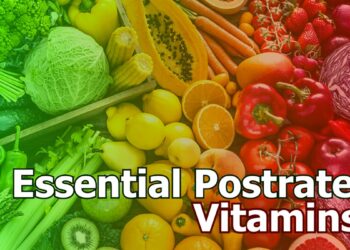The Power of Low-Calorie, High-Satiety Foods
Losing weight can be challenging, especially when hunger kicks in. However, research suggests that choosing foods with low energy density—foods that provide fewer calories per gram—can help manage hunger while promoting weight loss.
The Study
A study conducted by researchers at Pennsylvania State University followed 97 obese women over 12 months. The participants were divided into two groups:
- One group reduced their fat intake.
- The other group also reduced fat intake but increased consumption of low-calorie, high-satiety foods such as fruits and vegetables.
At the end of the study, both groups lost weight. However, the group that consumed more fruits and vegetables lost an average of 7.9 kg (17.4 pounds), compared to 6.4 kg (14 pounds) in the low-fat-only group. Additionally, these participants reported feeling less hungry.
Why It Works
Foods with a lower calorie density allow people to eat larger portions without consuming excessive calories. This can help curb hunger and make it easier to maintain a calorie deficit for weight loss.
Key benefits include:
- Higher volume consumption – Eating more without excess calories
- Increased fiber intake – Helps with digestion and satiety
- Nutrient-rich choices – Essential vitamins and minerals for overall health
Practical Tips for Your Diet
To apply these findings, consider:
- Filling half your plate with fruits and vegetables.
- Choosing broth-based soups over creamy ones.
- Swapping refined grains for whole grains.
- Snacking on water-rich foods like cucumbers and melons.
A Sustainable Approach
Unlike restrictive dieting, this approach focuses on what you can eat rather than what you can’t. By prioritizing filling, nutritious foods, long-term weight management becomes more attainable without the frustration of constant calorie counting.
















